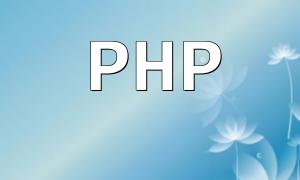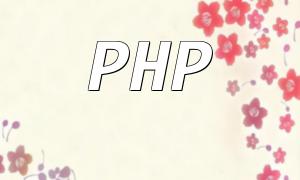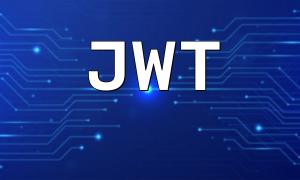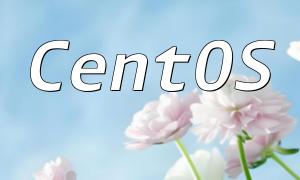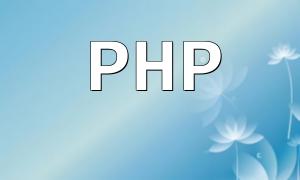In today's development environment, PHP is a widely used scripting language, and setting up a suitable PHP Integrated Development Environment (IDE) on Linux is crucial for developers. This guide will walk you through the process of setting up a PHP development environment on Linux, helping you get started quickly and boost your development efficiency.
First, it's important to choose a stable Linux distribution for development. Common choices include Ubuntu, CentOS, and Debian. Each distribution has its own pros and cons, so developers can choose according to their preferences and needs.
Before configuring the PHP development environment, ensure PHP is installed on your system. You can install PHP and its commonly used extensions with the following commands:
Once installed, you can verify PHP installation with the following command:
When setting up a PHP development environment on Linux, you can use either Apache or Nginx as your web server. In this guide, we will use Apache. First, install the Apache server:
Once installed, start Apache and configure it to run automatically on system startup:
To test if Apache and PHP are properly integrated, you can create a simple PHP test file:
Save the code above as info.php and place it in the web root directory (usually /var/www/html/). Then, enter http://localhost/info.php in your browser to view the PHP info page.
To enhance development efficiency, choosing the right development tools is essential. Popular IDE options include Visual Studio Code, PhpStorm, and Sublime Text. These tools support PHP development and offer powerful plugin features to improve the development experience.
For example, in Visual Studio Code, you can install the PHP IntelliSense plugin to improve code autocompletion and suggestions, significantly boosting your development speed.
Debugging is an essential part of the development process. Installing the Xdebug extension can help you debug PHP code. Install it using the following command:
After installation, configure Xdebug by editing the php.ini file and adding the following settings:
By following the steps above, you have successfully set up a PHP development environment on Linux. Whether you're developing web pages or building APIs, having a well-configured development environment will significantly improve your productivity. We hope this guide helps you begin your PHP development journey with ease.
